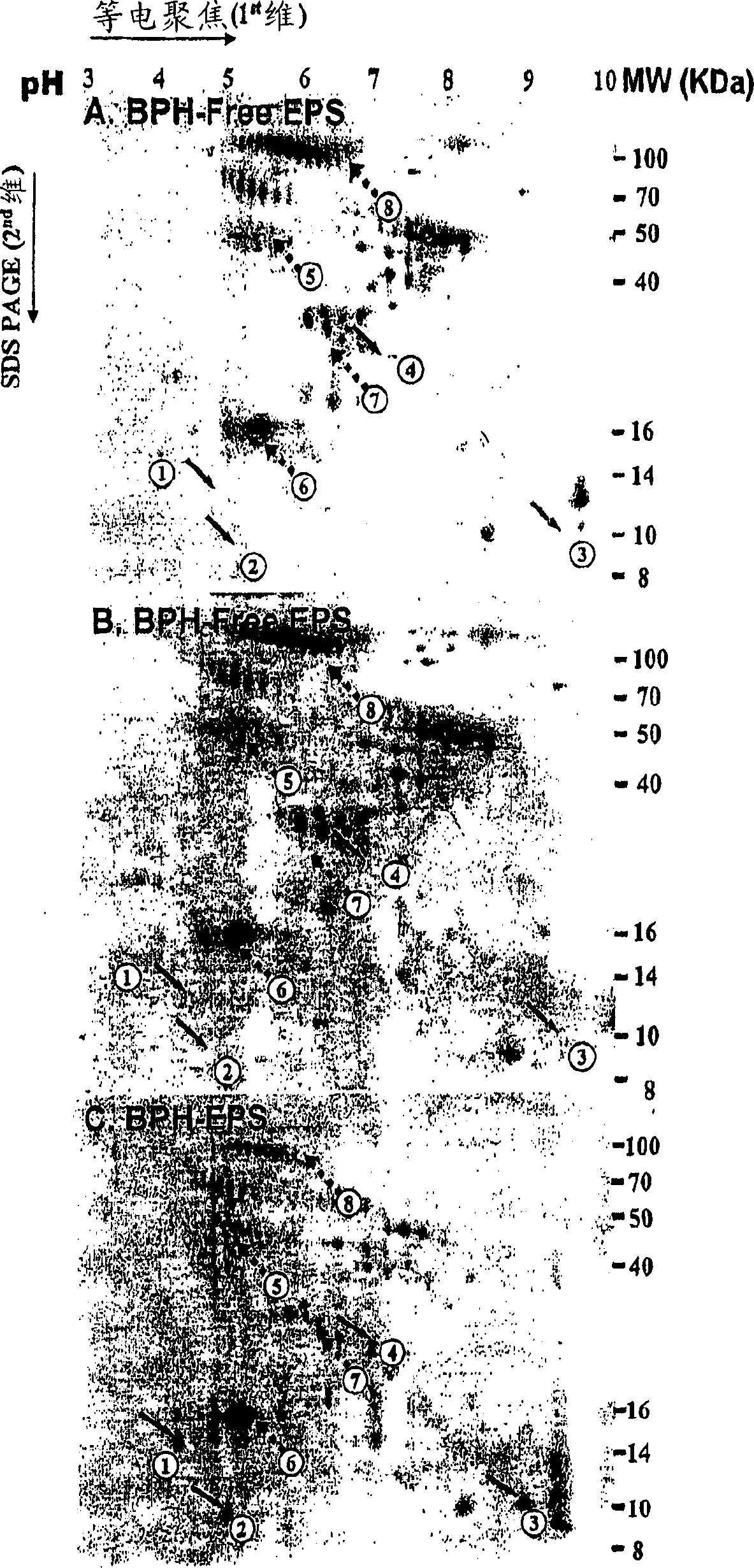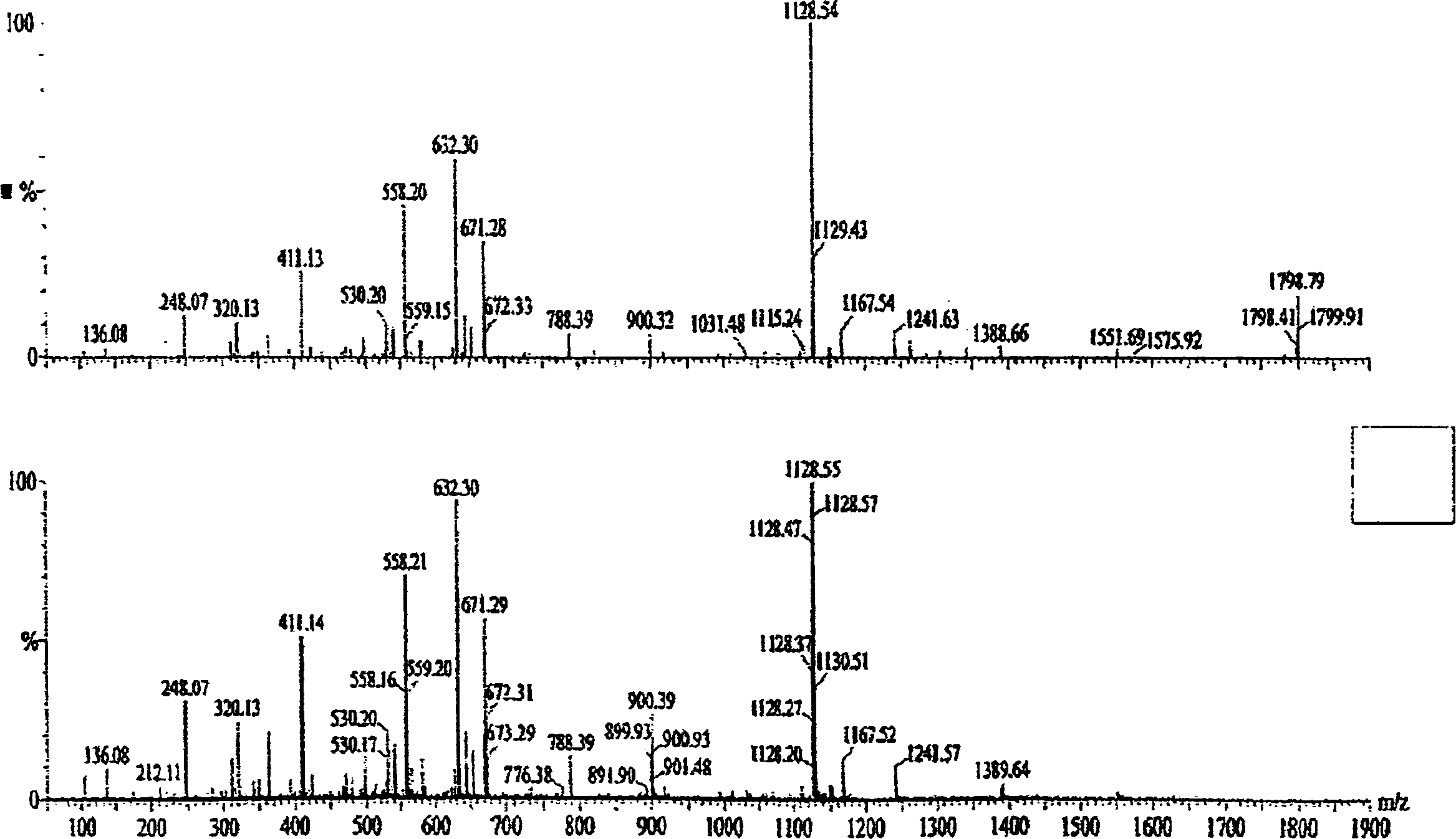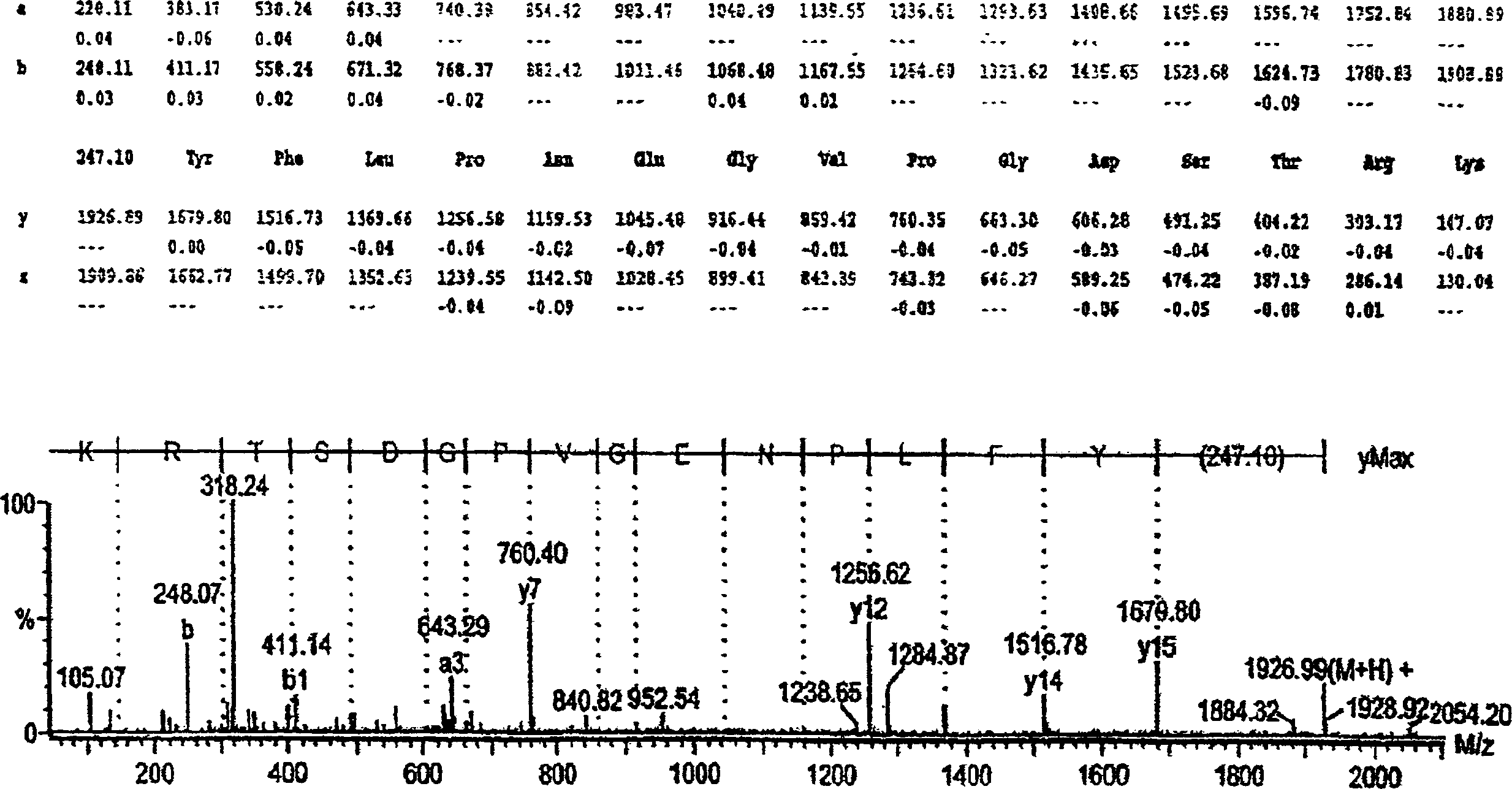Protein markers for human benign prostatic hyperplasia (BPH)
A technology for prostatic hyperplasia and protein labeling, applied in the field of human protein labeling of benign prostatic hyperplasia (BPH)
- Summary
- Abstract
- Description
- Claims
- Application Information
AI Technical Summary
Problems solved by technology
Method used
Image
Examples
Embodiment Construction
[0032] Embodiment of the invention
[0033] The present invention provides a method of diagnosing whether a subject suffers from benign prostatic hyperplasia (BPH), the method comprising obtaining a prostatic fluid sample from the subject, and analyzing the prostatic fluid sample to detect the presence or absence of a BPH protein marker to determine Whether the subject has BPH. In preferred embodiments, the subject is a human male. Secreted prostatic fluid samples were obtained by finger squeezing the patient's prostate gland through the rectal route. In one embodiment, the labeled protein is detected using two-dimensional electrophoresis and mass spectrometry. Specific antisera against these marker proteins were added. Protein markers can be detected using antibodies against the protein marker. In preferred embodiments, protein markers include PSP61, lwPSA or αs1-casein.
[0034] The present invention further provides a method for diagnosing whether a subject suffers fro...
PUM
 Login to View More
Login to View More Abstract
Description
Claims
Application Information
 Login to View More
Login to View More - R&D
- Intellectual Property
- Life Sciences
- Materials
- Tech Scout
- Unparalleled Data Quality
- Higher Quality Content
- 60% Fewer Hallucinations
Browse by: Latest US Patents, China's latest patents, Technical Efficacy Thesaurus, Application Domain, Technology Topic, Popular Technical Reports.
© 2025 PatSnap. All rights reserved.Legal|Privacy policy|Modern Slavery Act Transparency Statement|Sitemap|About US| Contact US: help@patsnap.com



